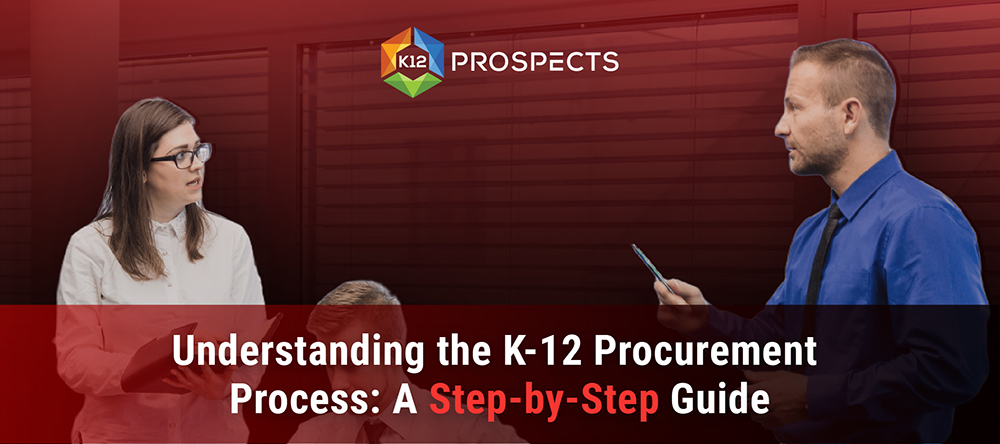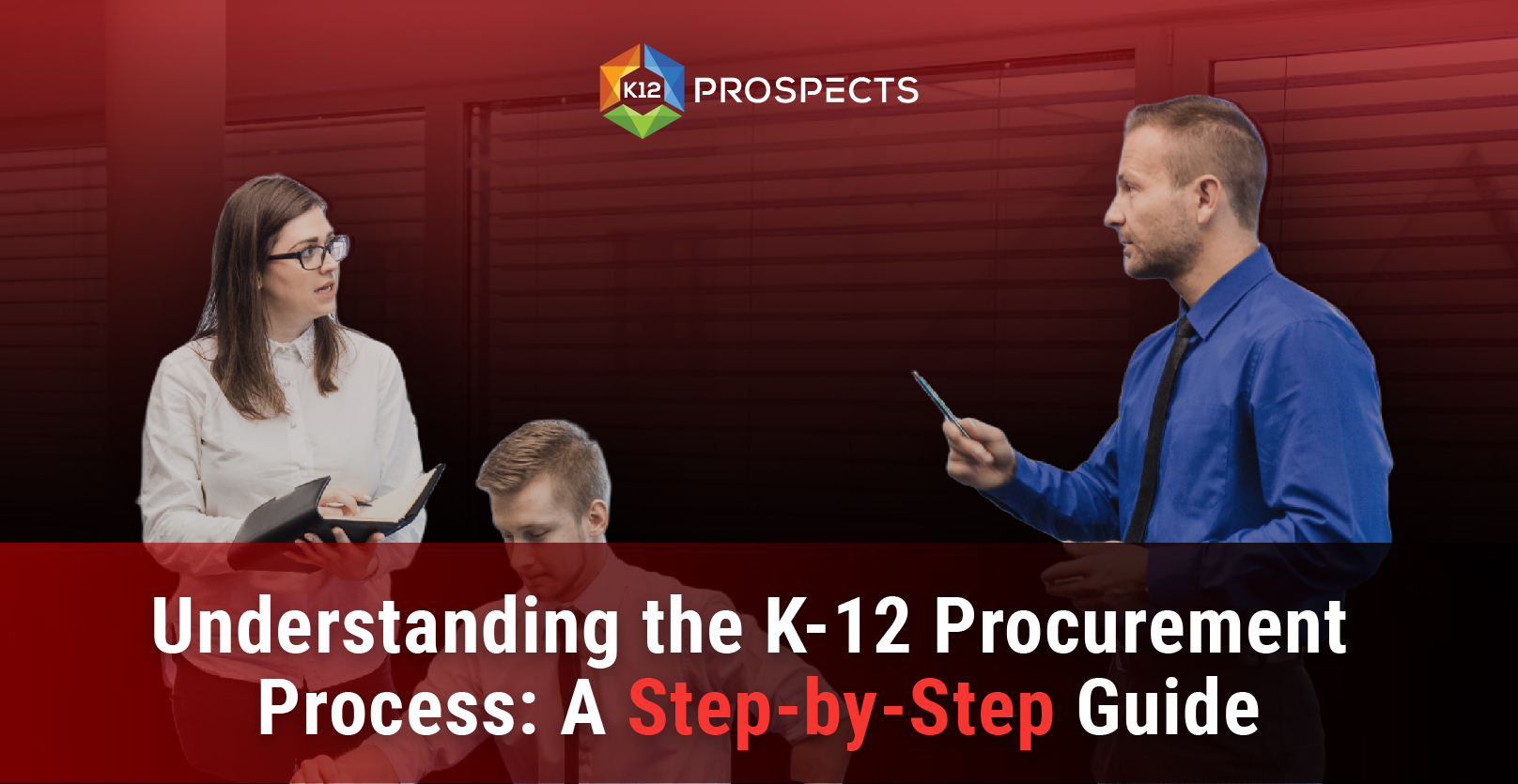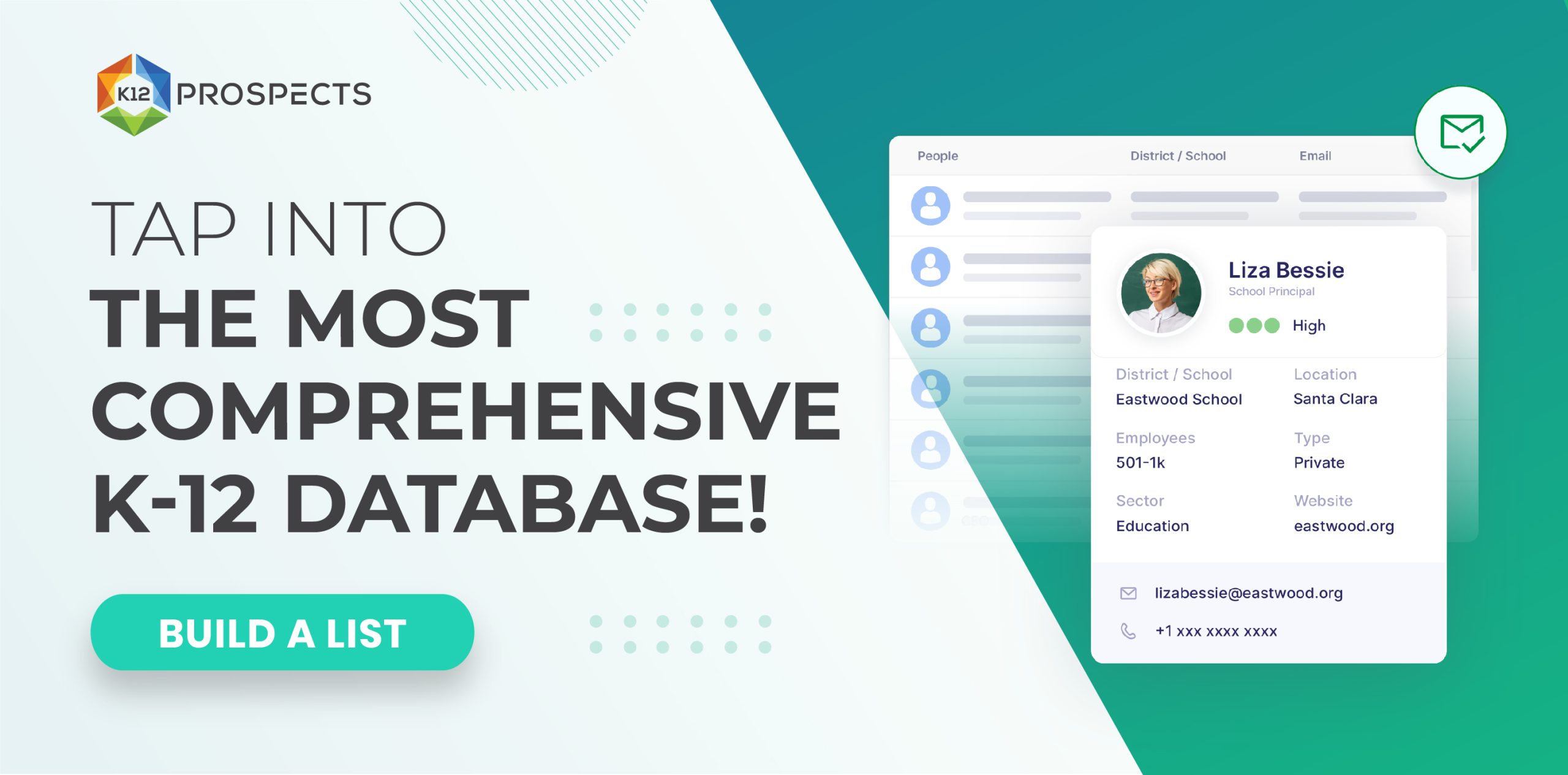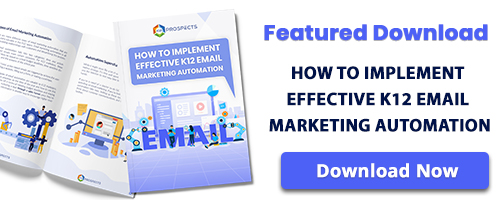Understanding the K-12 Procurement Process: A Step-by-Step Guide

The procurement process in K-12 schools can be complex, involving multiple decision-makers, budgetary constraints, and regulatory requirements. Businesses looking to sell products or services to schools and districts must understand how the system works to maximize their chances of success. This guide provides a step-by-step breakdown of the K-12 procurement process and practical tips for navigating it effectively.
Step 1: Identifying the Need
Before a school or district makes a purchase, there must be a recognized need. Needs can arise from various factors, such as outdated textbooks, new state mandates, or technological advancements requiring updated software.
Who Identifies the Need?
- Teachers and staff report problems or gaps in resources.
- School principals assess the needs at the campus level.
- District administrators, such as curriculum directors and IT specialists, identify broader requirements.
- School boards and superintendents consider high-level priorities and compliance requirements.
For businesses, the key is to understand how their product aligns with these needs and to provide clear, solution-based messaging when reaching out to potential buyers.
Step 2: Budgeting and Funding Allocation
Once a need is identified, schools must determine whether funding is available. School budgets are typically set annually, with funds allocated based on federal, state, and local revenue sources. Special grants may also be available for certain initiatives, such as STEM education, special education, or technology upgrades.
Key Considerations for Vendors:
- Be aware of funding cycles, as most purchases happen at specific times of the year.
- Understand different funding sources (Title I, ESSER, Perkins Grants, etc.) and how they impact procurement.
- Provide schools with clear ROI (Return on Investment) and justification for the purchase, helping them secure the necessary budget.
Step 3: Research and Vendor Selection
Schools often conduct extensive research before selecting a vendor. They look at reviews, testimonials, product demos, and references from other districts that have used similar services.
How Schools Find Vendors:
- Approved Vendor Lists: Many districts maintain a list of pre-approved vendors who have passed initial screening.
- RFPs (Request for Proposals): Schools issue RFPs when they require competitive bidding.
- Referrals and Case Studies: Schools trust recommendations from other districts or administrators.
- Conferences and Trade Shows: Education-focused events help vendors connect with decision-makers.
As a vendor, it’s crucial to have a strong online presence, case studies, and testimonials that demonstrate your credibility and effectiveness in the education sector.
Step 4: Request for Proposal (RFP) or Purchase Decision
In many cases, especially for large purchases, schools use a formal bidding process through RFPs. These documents outline the requirements, expectations, and evaluation criteria for selecting a vendor.
How to Win RFPs:
- Read the RFP carefully and ensure full compliance with the requirements.
- Highlight how your product/service meets the school’s needs and improves student outcomes.
- Offer competitive pricing and flexible payment terms.
- Showcase past success stories and positive testimonials from other schools.
If an RFP is not required, schools may still request proposals from multiple vendors before making a decision.
Step 5: Evaluation and Approval
After receiving proposals, the school or district evaluates them based on specific criteria, such as cost-effectiveness, quality, compliance, and vendor reputation.
Who is Involved in the Decision?
- Procurement Officers: Ensure compliance with regulations and budget constraints.
- Principals & Superintendents: Approve purchases at the school or district level.
- Teachers & IT Directors: Provide input on usability and functionality.
- School Boards: May have the final say in large-scale purchases.
Businesses should focus on addressing concerns of all key stakeholders and not just the procurement team.
Step 6: Contract Negotiation and Finalization
Once a vendor is selected, contract negotiations begin. Schools may request price adjustments, additional training, or extended warranties. Ensuring transparency and flexibility in this stage can help build long-term partnerships.
Best Practices for Contract Negotiation:
- Offer competitive but fair pricing.
- Be prepared to provide additional support services, such as training for teachers.
- Ensure compliance with student data privacy laws (e.g., FERPA, COPPA).
- Discuss contract renewal options and future scalability.
Step 7: Implementation and Vendor Support
After the contract is finalized, the school begins implementing the product or service. This stage often involves training, installation, and ongoing support.
Key Areas of Focus for Vendors:
- Training & Onboarding: Providing professional development sessions for teachers and staff.
- Technical Support: Ensuring a smooth transition and troubleshooting any issues.
- Gathering Feedback: Collecting testimonials and case studies to enhance future sales efforts.
Schools value vendors who offer continued support rather than just making a sale and disappearing. Strong customer service can lead to repeat business and referrals.
Step 8: Renewal or Re-Evaluation
At the end of a contract or school year, the district assesses whether to continue using a product or service. Vendors who maintain strong relationships and deliver measurable results are more likely to secure renewals.
How Vendors Can Increase Retention:
- Show measurable impact with data and reports.
- Offer periodic check-ins and improvements.
- Provide excellent customer service and ongoing updates.
Final Thoughts
Selling to K-12 schools requires patience, persistence, and a deep understanding of the procurement process. By aligning your sales approach with the decision-making journey, addressing the needs of educators and administrators, and offering long-term value, you can successfully navigate the complex world of school procurement.
Businesses that take the time to understand school budgeting, RFP processes, and vendor selection criteria will stand out and build lasting partnerships in the education sector.
By following this step-by-step guide, vendors can streamline their sales efforts and increase their chances of success in the K-12 market.



